In 2025, the global shortage of tech talent is prompting more companies to establish Offshore Development Centers (ODCs) in Latin America. These centers combine the scalability of outsourcing with the control and integration of internal teams. But to succeed, companies must evaluate more than just geography—they must choose providers based on operational fit, onboarding readiness, and long-term alignment. Here's how to make that decision with clarity and confidence.
What Is an Offshore Development Center?
An offshore development center is a dedicated team of software professionals, including developers, QA engineers, DevOps specialists, and project managers, who work exclusively on your projects but are located in another country. Unlike traditional outsourcing, ODCs function as an extension of your internal team, following your processes, tools, and culture.
Latin America has become a go-to region for establishing ODCs due to its proximity to North America, large talent pool, and favorable legal and economic conditions.
Why Latin America?
Latam offers a compelling mix of logistical, technical, and cultural advantages:
- Time zone compatibility: Near real-time collaboration with U.S. teams
- Strong talent pool: High-quality developers with English proficiency
- Cultural alignment: Shared business values and communication styles
- Stable legal frameworks: IP protection, trade agreements, and labor laws
Countries like Colombia, Mexico, Argentina, and Costa Rica are leading choices for ODCs thanks to government support, infrastructure, and proven tech ecosystems.
Key Factors When Selecting an ODC Partner
To choose the right partner, consider the following:
- Track Record: Look for companies with proven experience in building and managing ODCs.
- Onboarding Process: Evaluate how quickly and effectively the partner can ramp up and integrate with your teams.
- Talent Strategy: Understand how they recruit, train, and retain talent to ensure continuity.
- Security and Compliance: Confirm that data protection, access control, and compliance requirements are met.
- Cultural Fit: Assess how well the provider’s work culture aligns with yours.
Choosing an ODC is not just about hiring developers; it’s about building a team that grows with you.
Engagement Models to Consider
Latin American partners often offer flexible engagement options:
- Build-Operate-Transfer (BOT): Start with a managed team, then take ownership later.
- Dedicated Teams: Fully embedded teams that operate under your brand.
- Hybrid Models: Combine onshore leadership with nearshore execution.
Each model has advantages depending on your goals, timeline, and internal capacity.
How to Ensure a Smooth Launch
Once you’ve selected a provider, a structured onboarding plan is key. This includes:
- Aligning on tools, workflows, and communication protocols
- Establishing shared KPIs and performance metrics
- Providing initial training and access to documentation
- Scheduling regular check-ins and feedback loops
Investing in onboarding pays dividends in speed, alignment, and team satisfaction.
Final Thoughts: A Long-Term Strategic Asset
An offshore development center in Latin America can transform how your company scales technology. With the right partner, you gain more than developers, you gain a cohesive, aligned, and proactive extension of your team.
By choosing wisely and committing to a structured, collaborative launch, an ODC becomes not just a resource but a strategic advantage.








